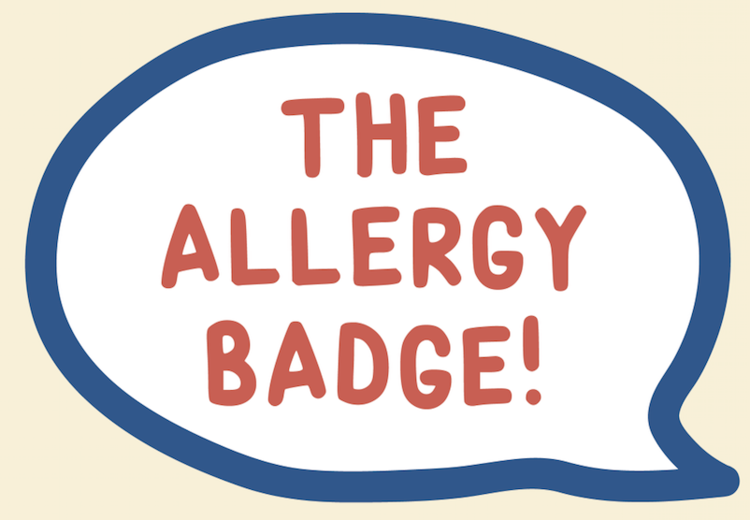Administering an Adrenaline Auto-Injector (AAI) for the first time
The first time you administer an adrenaline auto-injector (AAI) to your child can be pretty frightening. I was home alone with Ella when she had her first anaphylactic reaction, she was two years old. She swelled up rapidly, her body covered in hives. She was struggling with her breathing and went blue around her lips. All within minutes. She had eaten ONE small spoonful of yoghurt!
She seemed so tiny and precious, I didn’t want to hurt her with this ‘scary injector pen’, but something takes over you at that moment and you do what you have to do. We were lucky the ambulance arrived soon after I injected her and although it took a few days of cuddles and aftercare in hospital and on the sofa, I’m so glad to say that she is now okay. I was worried at the time if I had done the right thing or if should I have waited for the ambulance to arrive first? But her allergic reaction was so fierce and getting worse by the minute - I was in tears but vividly remember the lovely paramedic putting his hand on my shoulder and saying: “You did the right thing, Mum, at just the right time. Well done!”
That day taught me to never delay in administering an AAI if you suspect anaphylaxis. Anaphylaxis can happen within minutes and time is critical…if in doubt, don’t hesitate and administer. The drug inside is adrenaline, also known as epinephrine, it won’t cause harm if it’s a false alarm, but it’s always better to be on the ‘safe side' if you suspect anaphylaxis.
“You did the right thing Mum, at just the right time…”
When we were first prescribed AAIs for Ella, the brand we received was EpiPen. I'm not sure we were ever told what they really were and exactly what they do, which now I realise is very worrying. We were never told for example, that an AAI is a pre-loaded device that injects adrenaline into the bloodstream to reverse the effects of anaphylaxis. There are a few AAI brands available in the UK, namely EpiPen and Jext and although they look slightly different, they do the same job. They should be injected into the middle of the outer thigh and are single-use only. A second pen can be administered if symptoms don't improve. The patient should always go to the hospital after being administered with an AAI - if you can record the time it's administered, that can help the ambulance crew.
We hope one day Ella's allergies will improve, but if they don't, I know I won't ever delay in using her AAIs. Ella's life-threatening allergies inspired me to retrain and set up ‘The Allergy Badge’, an accredited training centre. It's so important to be confident in knowing when and how to use AAIs - the importance of the correct use of these ‘injector pens’ can never be underestimated.

